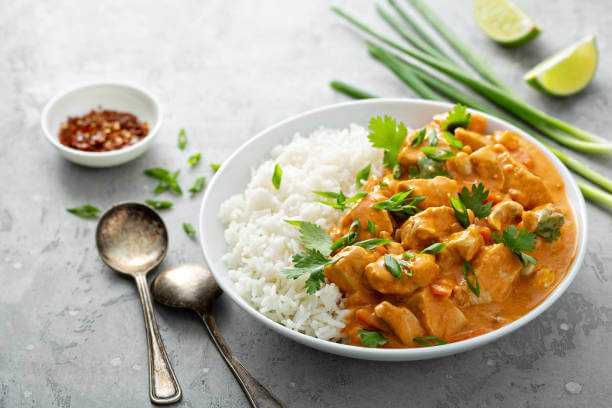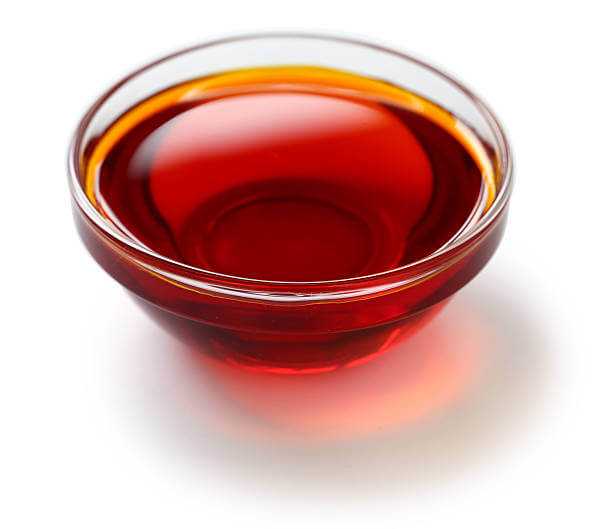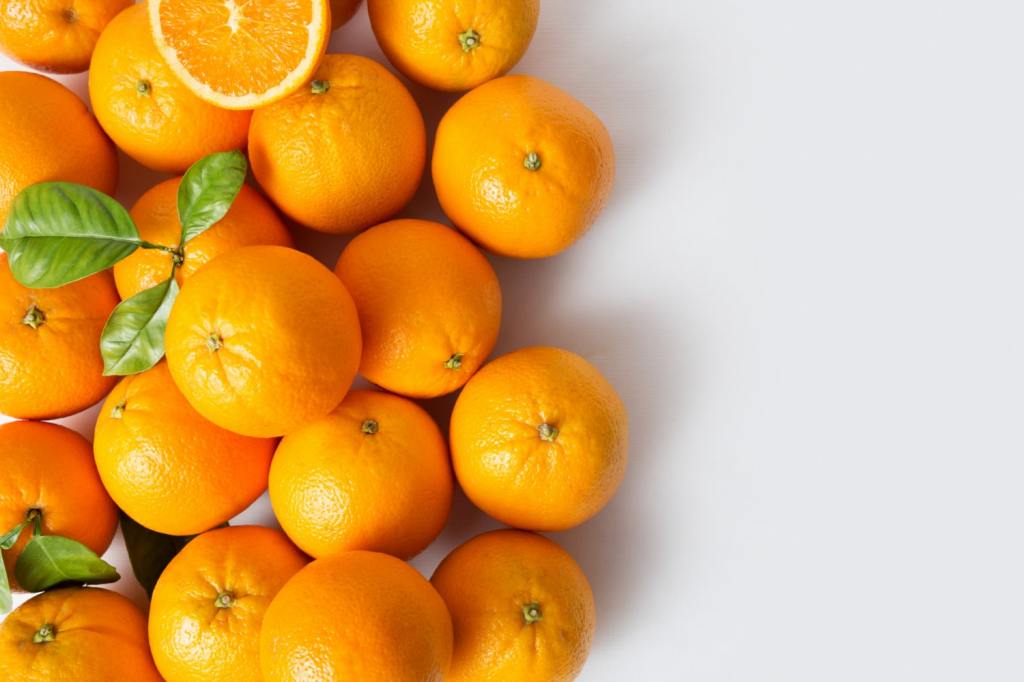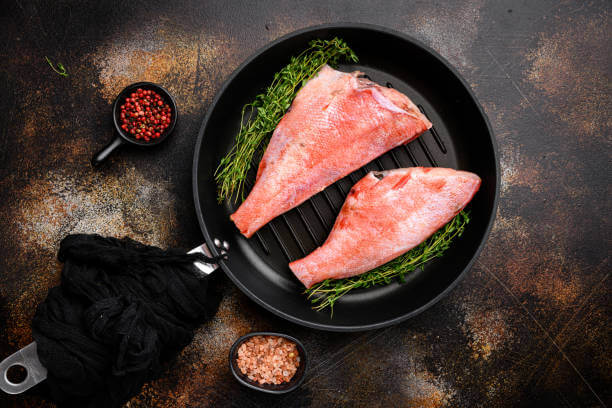Have you ever gotten those giant green bananas from us, thinking they were actually bananas? Those, my friends, are plantains, and they’re about to rock your culinary world. Forget the usual banana fruit you know—plantains are a starchy, savory vegetable and staple, vastly known and used in West African and Caribbean cuisine for their incredible versatility.
But hold on before you throw them in a smoothie—because you may think they are bananas! The magic of plantains lies in their journey of ripening. From firm and starchy to melt-in-your-mouth sweet, each stage holds a treasure trove of delicious possibilities. Fry them green for crispy kelewele or kpekere, mash them ripe for creamy fufu, or bake them gooey for decadent plantain bread.
So, in this guide with us, we are going to share with you the secrets of the plantains. We’ll explore the ripeness spectrum, unveil to you a feast of recipes for every stage, and leave you yearning and drooling for a taste of the West African-Caribbean sunshine, bite by delightful bite. Are you ready? Let’s go!

The Stages of Plantain Ripening
Alright, so you’ve got yourself some plantains, and you’re wondering how to get them just right for your favorite recipe. Well, let me break it down for you. The stages of plantain ripening are crucial to achieving the perfect flavor and texture.
Green Plantains
Firstly, let’s talk about green plantains! These bad boys are firm to the touch, with a vibrant green color that lets you know they’re not quite ripe yet. Their taste is starchy, and their texture is firm and dense, kinda like a potato. They’ve got a neutral flavor that’s just waiting to be jazzed up with some delicious seasonings.
Now, when it comes to cooking green plantains, the possibilities are endless! You can whip up some classic fufu by boiling and mashing them into a smooth and irresistible side dish. Or, for a spicy and sweet treat, you can chop them up and fry them into crispy kelewele—perfect for snacking or as a side dish. And let’s not forget about plantain chips—thinly sliced and fried to perfection, they make for a crunchy and addictive snack that you won’t be able to get enough of.

Partially Ripe Plantains
For partially ripe plantains, you see that as plantains ripen, you’ll notice some pretty exciting changes happening. They start off all green and firm, but as they mature, they soften up and turn a gorgeous shade of yellow with some black spots here and there. That’s when you know they’re getting nice and sweet!
Now, let’s talk about taste and texture. As they ripen, they become less starchy and develop a hint of sweetness. It’s like nature’s way of saying, “Hey, I’m ready to be part of some delicious recipes now!”
With partially ripe plantains, you can whip up all sorts of mouthwatering dishes. You can make some fluffy plantain pancakes for breakfast, or how about some savory plantain dumplings to go with your favorite stew? The sweetness of the ripe plantains adds a unique flavor to these dishes that you can’t resist.

Fully Ripe Plantains
So, about fully ripe plantains! Picture this: soft, dark yellow/brown skin that’s, at this point, just begging to be cooked into something delicious. When ripe, plantains are at their sweetest and creamiest, making them perfect for a variety of mouth-watering recipes.
The taste of fully ripe plantains is a delightful combination of sweet and slightly tangy, while the texture is incredibly creamy and smooth. When you sink your teeth into a bite of ripe plantain, it’s like tasting a burst of natural sweetness with a melt-in-your-mouth texture that’s simply irresistible.
When it comes to cooking with fully ripe plantains, you can bake them to perfection, creating a heavenly side dish or snack that pairs perfectly with savory or spicy flavors. For those of us with a sweet tooth, ripe plantains can be used to make irresistible desserts like plantain fritters, plantain bread, or even plantain pudding. The creamy texture of fully ripe plantains adds a decadent touch to any dish, making them a versatile ingredient for both sweet and savory recipes.

Ripening Tips and Tricks
So, you’ve got some green plantains on hand, and you’re craving some sweet, ripe plantains that you cannot get ASAP. No worries, I’ve got you covered! Here’s a foolproof guide to ripening your plantains quickly and evenly, along with some handy tips for storing them at different stages of ripeness.
Ripening Plantains Quickly and Evenly
1. The Paper Bag Trick: Place your green plantains in a paper bag and fold the top to close it. The ethylene gas released by the plantains will be trapped in the bag, speeding up the ripening process. Keep the pack at room temperature and check on your plantains daily to monitor their progress.
2. Bananas to the Rescue: If you have ripe bananas, you’re in luck! The ethylene gas emitted by ripe bananas can help accelerate the ripening of plantains. Place a couple of ripe bananas alongside your green plantains in a paper bag or in a fruit bowl, and watch the magic happen.
3. The Warm Oven Method: For an even quicker ripening process, preheat your oven to its lowest setting. Wrap your green plantains in aluminum foil and place them on a baking sheet. Let them sit in the warm oven for about 15-20 minutes, checking periodically to prevent over-ripening. This method should produce evenly ripened plantains in no time.
Tips for Storing Plantains at Different Stages of Ripeness
– Green Plantains: If you have an abundance of green plantains and want to slow down the ripening process, store them in the refrigerator. This will help preserve their freshness and extend their shelf life.
– Partially Ripe Plantains: Once your plantains have reached the perfect level of ripeness (yellow with minimal black spots), you can store them at room temperature. Keep them in a dry, well-ventilated area, away from direct sunlight, and they should stay fresh for a few days.
– FullyRipe Plantains: If your plantains have ripened to a sweet, blackened state, it’s time to enjoy them or store them for future use. You can store ripe plantains in the refrigerator for up to a week. Place them in a plastic bag or airtight container to prevent them from drying out.
Fixing Common Plantain Ripening Issues:
Uneven Ripening
Rotate your plantains daily to ensure even exposure to air and ethylene gas. Additionally, check for any obstructions that may be hindering the flow of ethylene, such as tightly packed fruit or a crumpled paper bag.
Over-Ripening
If your plantains are ripening too quickly for your liking, remove them from any enclosed spaces and store them in a cooler area of your kitchen. You can also separate them to slow down the ripening process.
Plantain Recipes at Different Stages
So when you’ve got a bunch of plantains sitting on your kitchen counter, and you’re not quite sure what to do with them at each stage of ripeness. I’ve got some delicious recipes that will have you making the most of those green, partially ripe, and fully ripe plantains.

Green Plantain Recipes
One classic recipe you can try is “Tostones,” which are twice-fried plantain slices. Slice the green plantains into thick rounds, fry them until they’re slightly golden, flatten them with a heavy object, and fry them again until crispy. Serve with a sprinkle of salt and a delicious dipping sauce, and you’ve got yourself a crunchy snack or side dish.
Another great recipe for green plantains is “Mofongo.” This Puerto Rican dish involves mashing fried plantains with garlic, pork cracklings, and broth to create a flavorful and hearty side dish. The green plantains provide a sturdy base for the dish, soaking up all the savory flavors and creating a unique texture.

Partially Ripe Plantains Recipes
One tasty recipe to try is “Dodo” or “Maduros,” which are sweet fried plantains. Slice the yellow plantains into diagonal slices, fry them until they’re golden and caramelized, and serve them as a sweet and savory side dish or snack.
For a more substantial dish, you can make “Plátanos al Caldero,” a Latin American stew featuring yellow plantains, meat, and vegetables simmered in a flavorful broth. The sweetness of the yellow plantains balances out the savory elements of the stew, creating a comforting and filling meal.

Fully Ripe Plantains Recipes
They are perfect for making “Plátanos Maduros,” which are baked or fried ripe plantains that caramelize and become naturally sweet. Serve them as a dessert with a sprinkle of cinnamon and a drizzle of honey, or enjoy them as a side dish with savory meals to add a touch of sweetness.

If you’re feeling more adventurous, you can also use ripe plantains to make “Pastelón,” a Latin American lasagna-like casserole featuring layers of ripe plantains, ground meat, cheese, and savory sauce. The ripe plantains add a unique sweetness and creaminess to the dish, making it a crowd-pleasing comfort food.

Conclusion
The key takeaway? Embrace the different stages of plantain ripening to unlock a world of cooking possibilities! Whether you fry, bake, or mash them, plantains can bring a unique and delicious twist to any dish.
With the tips and tricks we have provided in the blog, you’ll be able to ripen your plantains quickly and evenly, store them at different stages of ripeness, and fix any ripening issues that may arise. OR. You can also buy plantains at the Green and partially ripe step from us at Niyis.co.uk. So you can go ahead and whip up some delicious plantain dishes with confidence!
Tell us, what’s your favorite way to prepare plantains? Share your best recipes in the comments below!





Leave a comment